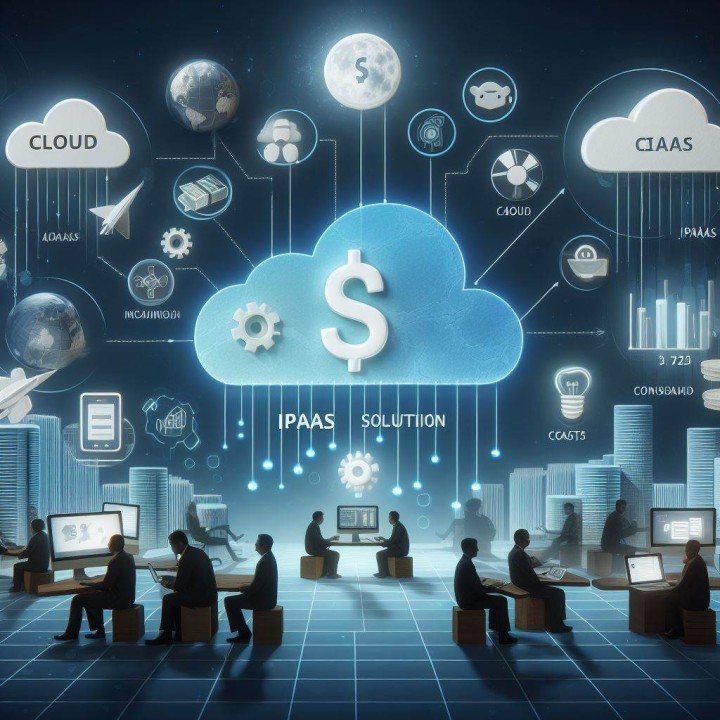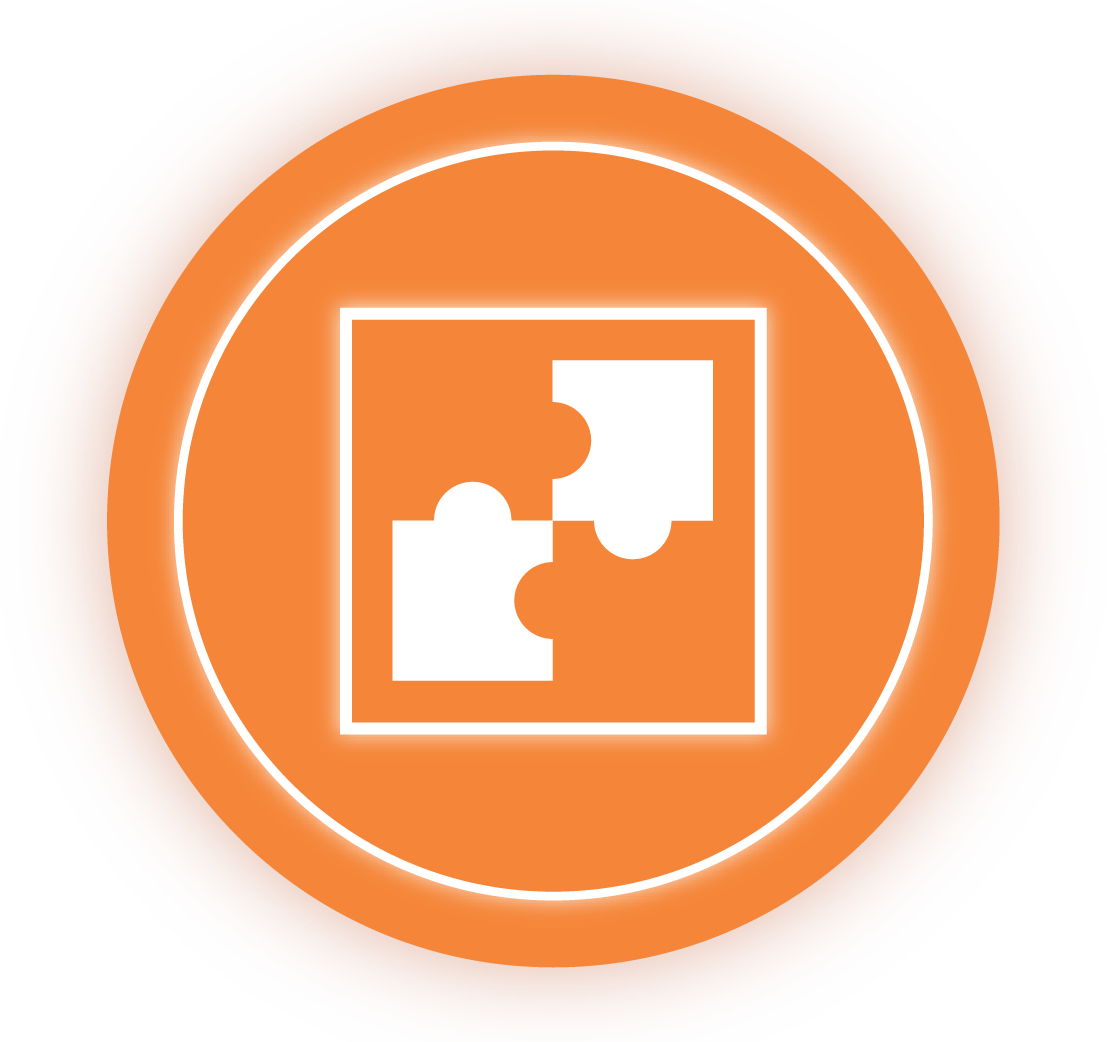
My first experience with cloud technology / technology as a service dates back to when I was in development work in the outsourcing business unit. The first materials and publications supporting cloud thinking can be found in 2006 – the presentation from the 2010 ATK-päivät can be found online Slide 1 (atk-paivat.fi).
Even though almost a generation has passed since that time, when I look at the content of the message, I find a lot of things that are still relevant to this day. The cloud is not only a technological transformation but also / and above all a new economic and operational way of producing IT services. I personally see the cloudization of things as an evolution, not a revolution.
One incident from those days with the CIO of a Finnish company stuck in my mind. The reason is that it taught me, at least, to think about the cloud as a more holistic thing than just technology or services. We had agreed with the CIO and the company he represented to migrate all X86-based, application-dedicated systems to capacity-based cloud services. The transformation went smoothly, the solution worked as expected, until I got a call a few months later.
The CIO had received an invoice that was significantly higher than the initial situation. As part of the project, he had been sold cost efficiency, but now it looked like the costs were going over budget – which was obviously not what either party intended.
When we started investigating the cause of the situation, the reason became clear. After the transformation, the company’s business units, which owned the application and process layers, had noticed how easy and fast it was to deploy a new cloud-based service architecture. Previously, the business received infrastructure within 6-10 weeks of ordering, now it is as fast as immediately – the SLO for critical services was a maximum of 2 hours from ordering to production. The ease and speed of the new service had opened the door to getting new applications up and running faster – this cumulated the growth in the total volume of infrastructure services used by the company and at the same time the growth in billing.
Cloudization of ICT business is a mainstream solution today – even to the point where some companies are using Cloud First thinking. If you want to build a dedicated infrastructure environment for an application, you have to go through an exception process to get it into production.
The Forrester report February 2024 begins with the title – Cloud costs are out of control. Below is a brief background, a few key ideas and figures to which the report refers, and finally a proposed solution to the situation.
- Research has shown that cloud costs continue to rise despite companies adopting cloud cost monitoring and optimization tools, such as CCMO (Cloud Cost Management and Optimization). 72% of Forrester respondents reported that cloud costs had increased above budget.
- When examining the issues that increase costs, the following 4 cost elements emerged as the most important: storage solutions, lack of integration strategy, overuse of network capacity, and cloud architecture choices.
- Of these, the lack of an integration strategy and the choices made in cloud architecture are highlighted in the Forrester report as the most important issues to investigate and fix.
- Forrester suggests using iPaaS integration solutions and modernization projects as a solution. Here are a few key takeaways from the solutions and why Forrester has reached its position.
- CCMO does not consider cloud costs in the early stages of the process. Therefore, solutions are needed that help proactively manage cloud costs earlier in the development process.
- According to Forrester, CCMO solutions lack the ability to proactively address cost optimization at the cloud architecture level, limiting the ability to leverage FinOps best practices to optimize and control costs.
- According to Forrester, iPaaS solutions offer an effective way to integrate and modernize the cloud by connecting applications, people, and data.
- Cloud architecture integration and modernization projects lead to more efficient communication between teams, better utilization of FinOps, and the ability to shift resources more to development and innovation, utilizing, for example, AI or machine learning solutions.
Preiskari Solutions (www.preiskari.fi) and Liitos Solutions (liitos.io) deliver integration solutions using Workato technology. We enable the right information to exist in the right place at the right time with services and technology. Our solutions enable connecting different systems and applications so that data can be exchanged between them automatically and efficiently. Our solutions are iPaaS solutions.
If any of the themes in the article sparked your interest or questions, we would be happy to discuss the topic further.








